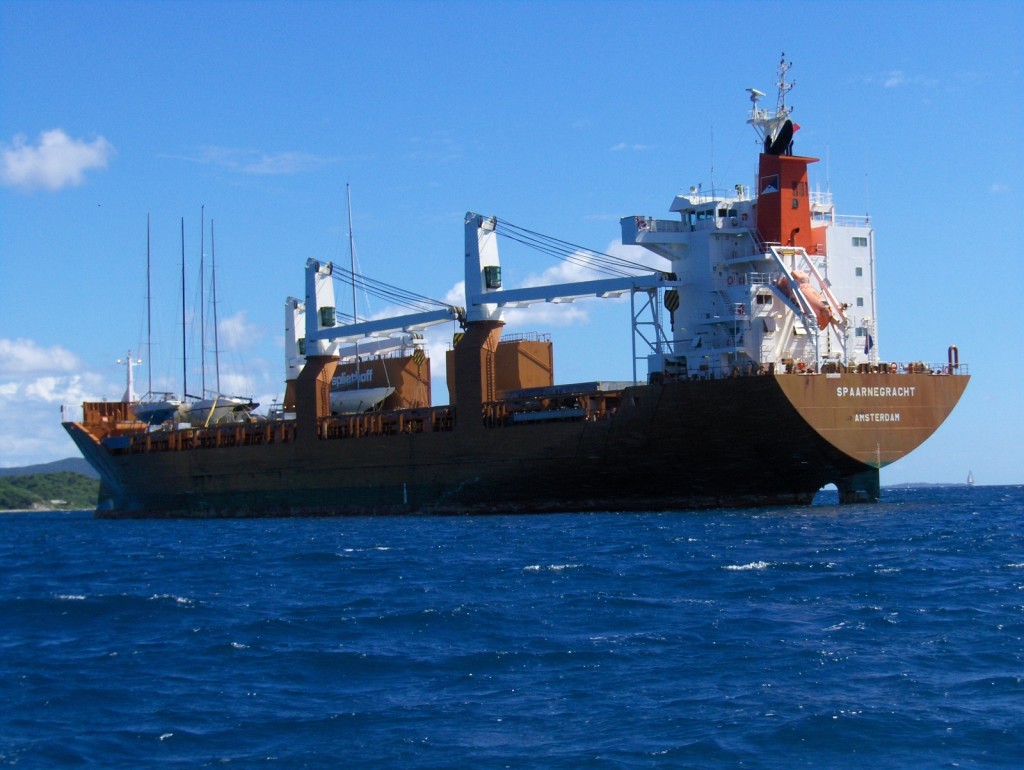The threat of ballast water

upload.wikimedia.org
The British and German researchers have proposed a mathematical model that takes into account the ballast water, as a means of transport of microorganisms that can threaten the ecosystem.
But what are the functions of ballast water for a boat?
– Increase the weight and facilitate the sinking of the partial or total
– Compensate for the distribution of masses and move the center of gravity ( balance )
– Be able to be released from the means of obtaining a rapid ascent of emergency
The water needed to provide stability to the vessels is taken generally in an area under the coast and , once the ship arrives at its destination , is discharged into the harbor. However, in this process, in ballast water flow together both sediment microorganisms such as bacteria , microbes, small invertebrates, eggs and larvae. The loading and unloading of the water can take place in the locality then also very distant and different between them, generating a migration of substances which leads to imbalances in ecosystems.
The purpose of this research , published in the journal Ecology Letters is to calculate the chances of survival of a species during a trip and to quantify the probability that this species colonize the waters of arrival.
The four variables, explains Bernd Blasius, University of Oldenburg, which experts have taken into consideration by examining 3 million journeys made in the period between 2007 and 2008, are:
– Route
– Size of ship
– Temperature
– Biogeography
The probability that the organisms transported in ballast water can colonize the port of destination would be poor, but, according to Michael Gastner (University of Bristol), the increasing size of ships monumental and travel more and more exponentially increase this risk.
Unfortunately the microorganisms carried by the water ballast sometimes have dimensions such as not to be able to be filtered, thus making the problem of ballast water of difficult solution. Even when it is possible a system of filtering the solution could be very costly, requiring excessive stay in the ships in ports extending in a prohibitive transaction costs.
The economic impact of treatment of ballast water could therefore discourage any initiative in this direction.
